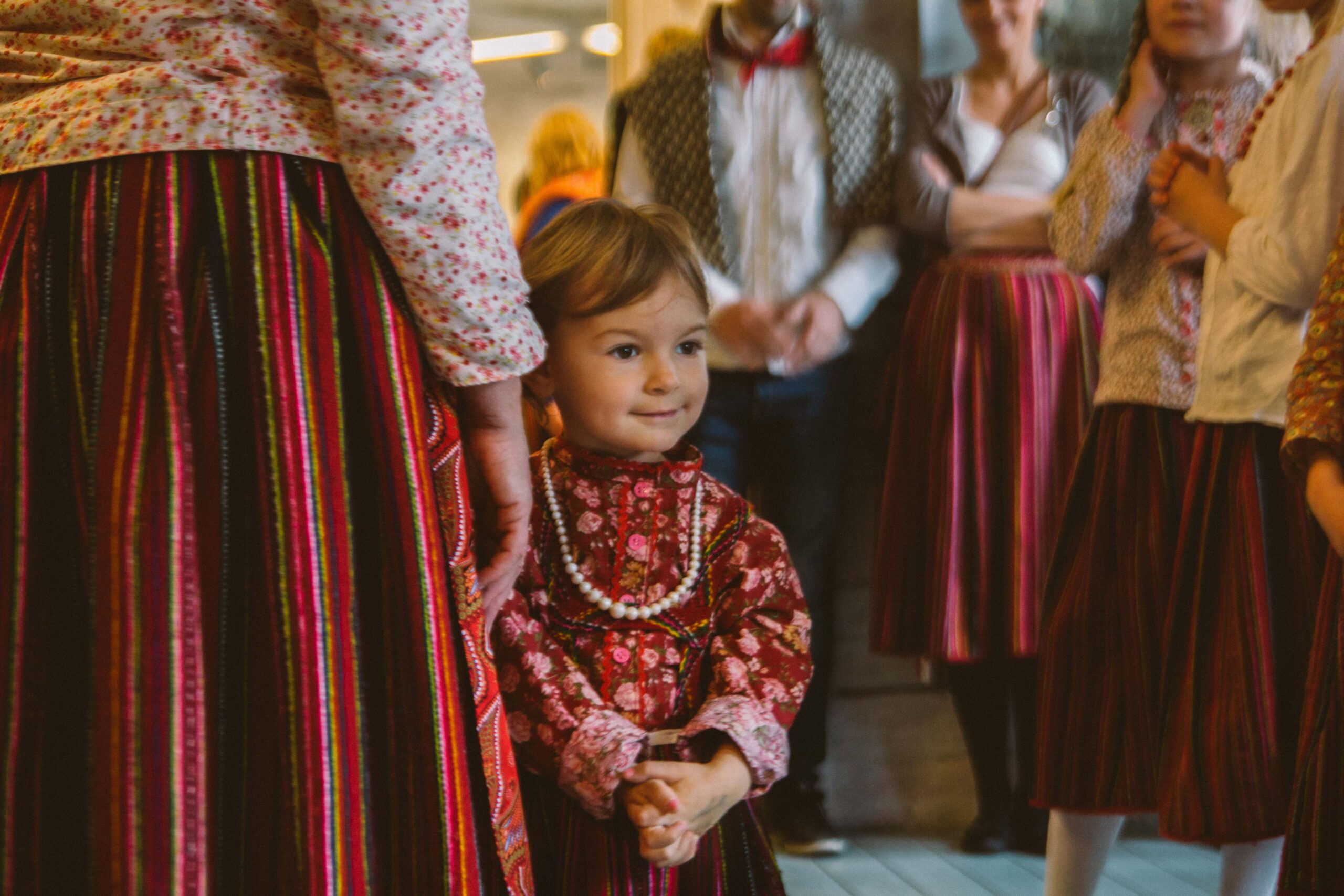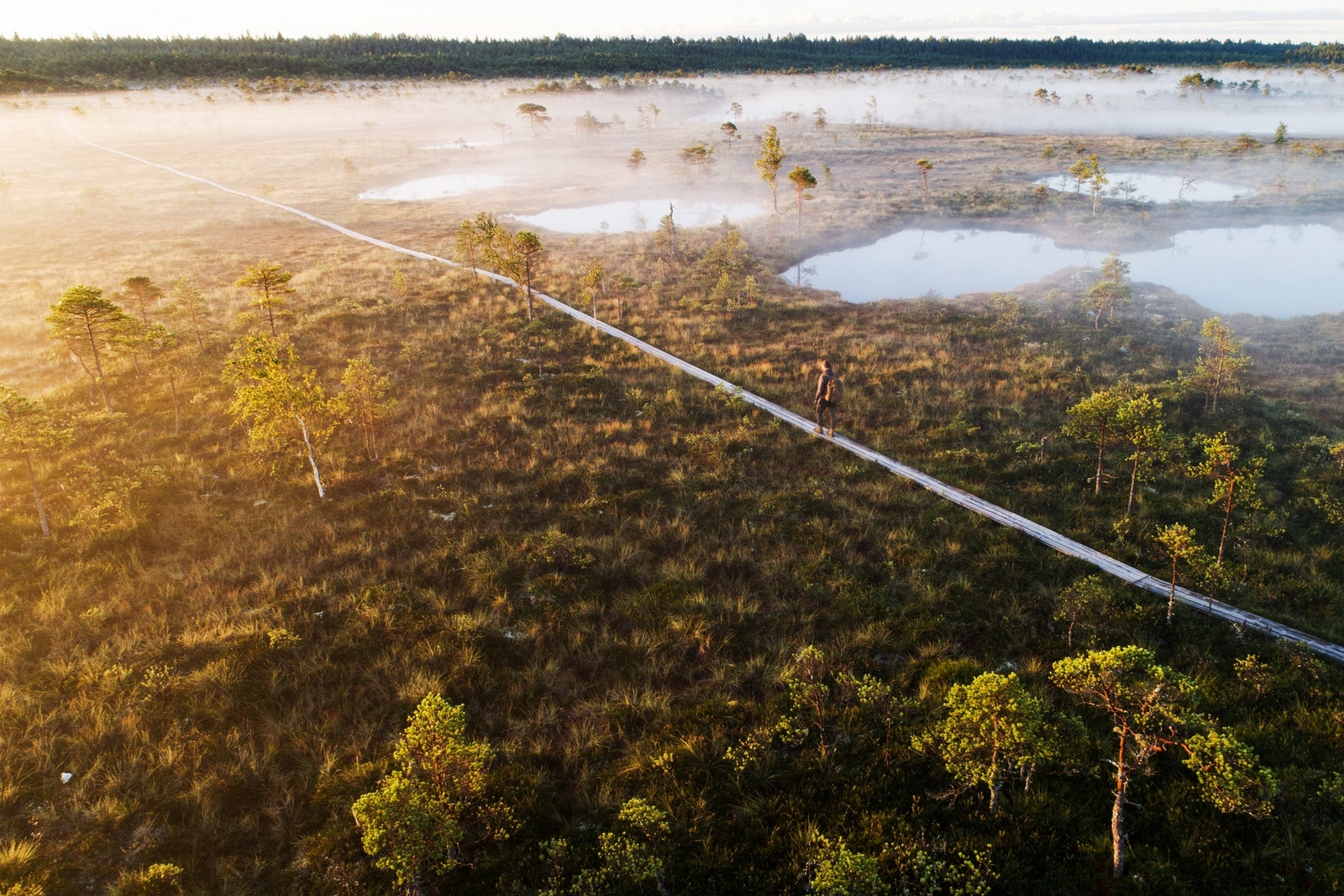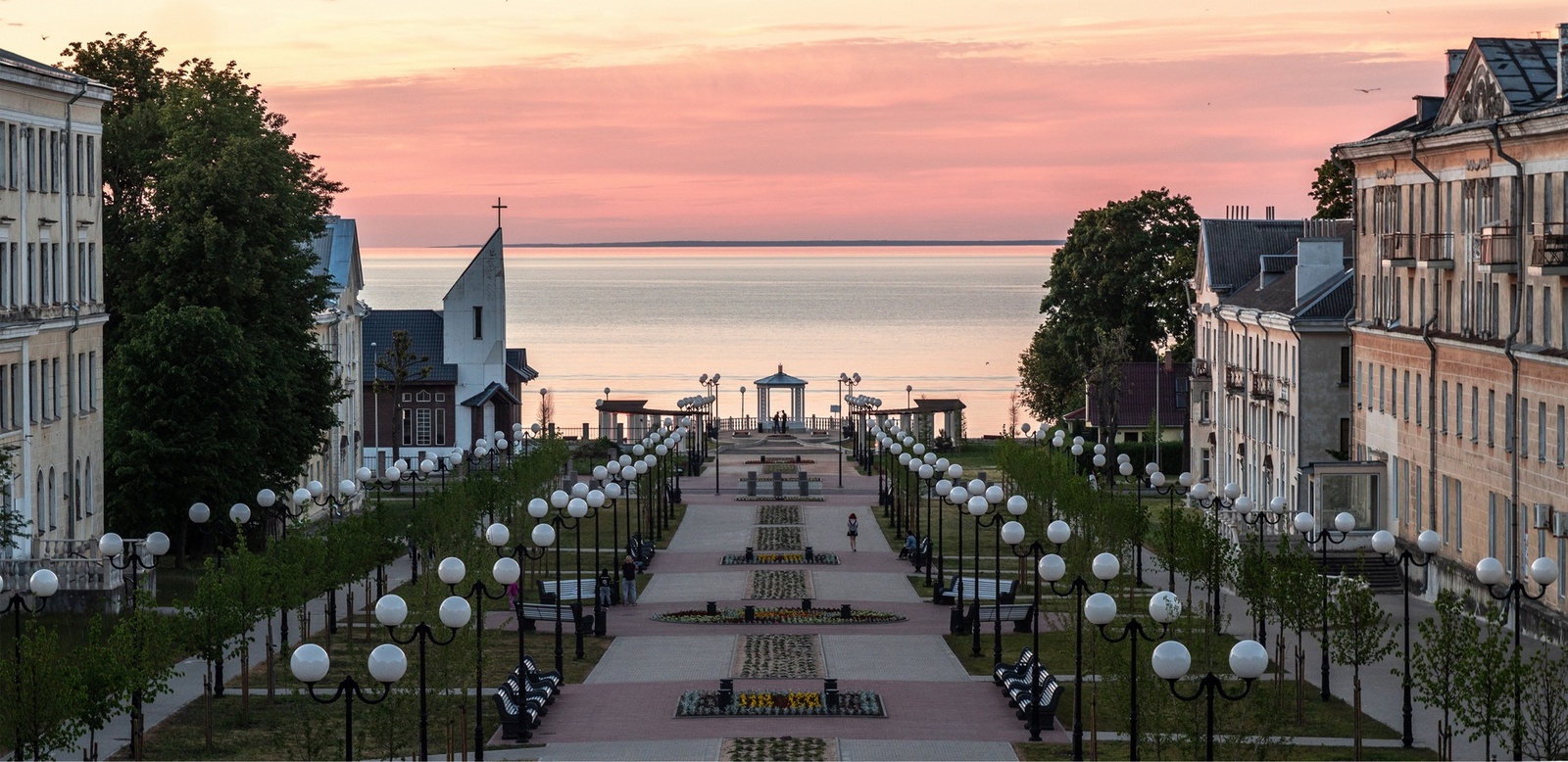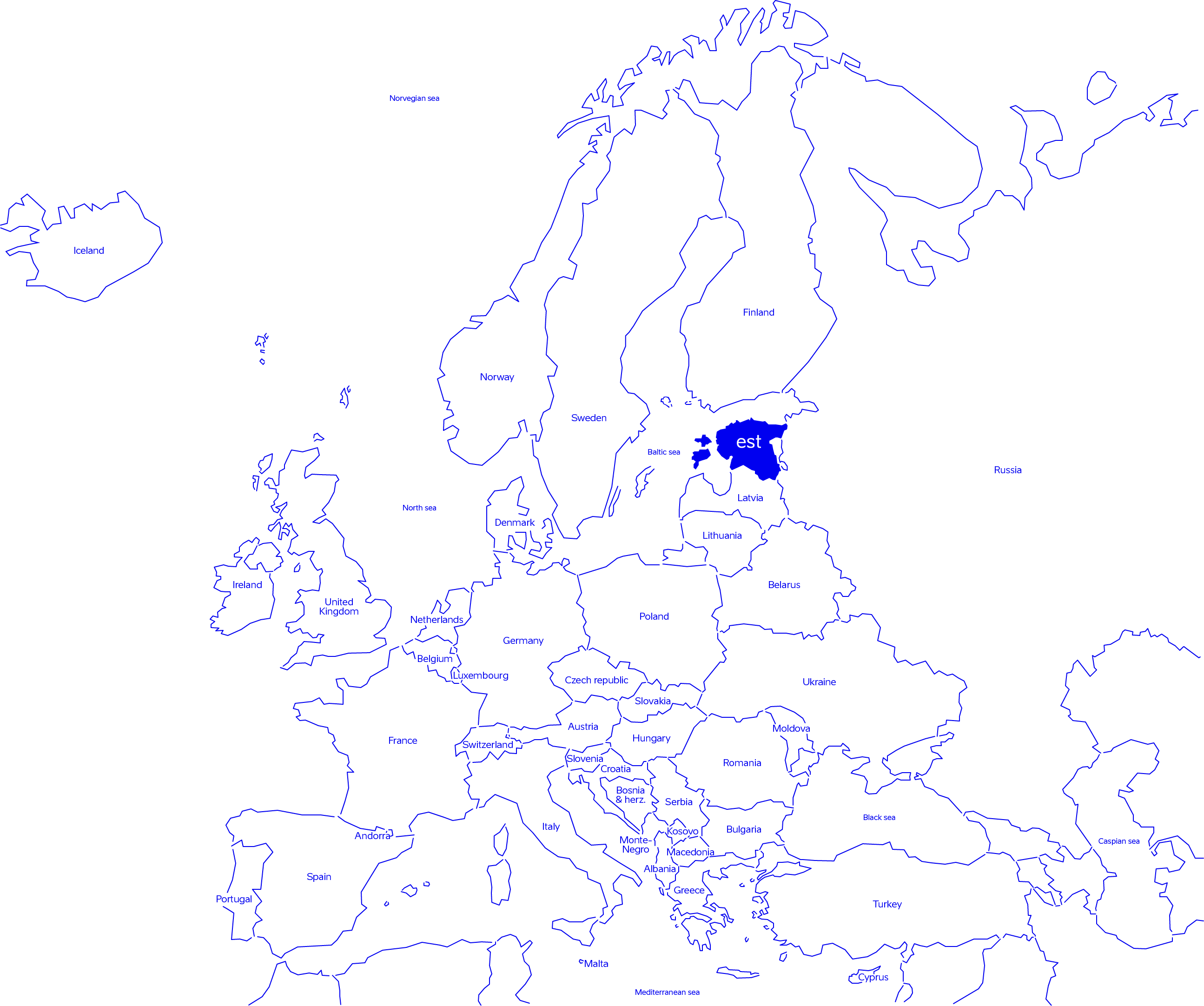Estonia, which is located in Northern Europe by the Baltic Sea, stretches 350 km from east to west and 240 km from north to south. Estonia’s neighbours are Finland, Sweden, Latvia, and Russia. Lakes make up about a twentieth of the country’s territory and islands about a tenth.
The first humans arrived in Estonia at the end of the last Ice Age, some 11,000 years ago. Although some words from their language, such as the name of the largest Estonian lake, Peipsi, have allegedly survived, it is not known what they called themselves or the land they inhabited. What can be taken as the first account of Estonians originates from classical authors: the Greek explorer Pytheas mentions ‘ostiatoi’ around 320 before the Common Era, followed by the Roman historian Tacitus, who writes about the amber-rich ‘aesti’ at the end of the first century in the Common Era.
All in all, Estonia boasts 2,222 islands and islets. Estonia covers 0.03% of Earth’s land area. With regards to population, Estonia, with its 1,340,000 people, most definitely belongs to the smallest states in the world. In contrast with densely populated central Europe, Estonians have plenty of space; Estonia has an average density of 30.3 people per km², which is four times smaller than the EU average.
Kuresoo bog in the Soomaa National Park in Southern Estonia. Photo by: Karl Ander Andami / Enterprise Estonia



